Part 1 | Buying EVs from Legacy Automakers or the New Kids on the Block?
This post will provide critical insights on EV buying, and the pros and cons of legacy automakers selling EVs. Next week: New EV automakers.
** This is a free post from Plugged IN this week and the 2nd part of this series will only be available to paid subscribers. Try for a month, year (discount), or coming soon is our new concierge service — providing 5, 1-hr. consultations and an EV buyers guide on how to buy & get started.
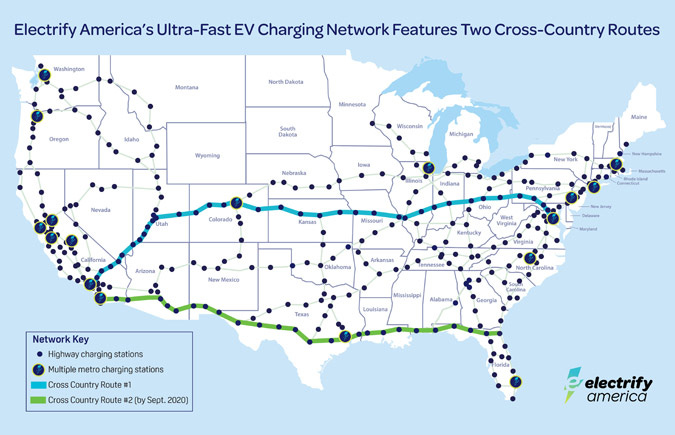
First off, 2021 is an exciting year for electric vehicles (EVs) and the reason is new models are becoming available from legacy automakers. Plus, young EV companies such as Rivian, Lucid and Tesla are also providing big splashes later this year — Rivian’s truck (RT1), namely.
But legacy automakers are also lining up impressive vehicles like the VW ID.3 and ID.4 and, of course, the Ford Mustang Mach-e.
So as new EV consumers start learning about new routines with electric fueling, how EVs work and maintenance, which way should consumers go? Take the leap and go with a legacy automaker getting into the EV game? Or the new EV darlings?
Most importantly, what are some key insights you need to know about the legacy carmakers? (Next week will be the new EV automakers, pluses and minuses)
The big one is EV customer support at the local dealership level from legacy carmakers. In general, legacy carmakers entering the EV car game are having growing pains with their dealerships to support the technology.
Now that’s changing, slowly, and it isn’t true for every dealership in the U.S. For example, Chevy Volt message board was discussing great deals on the now retired Chevy Volt, and the thread eventually turned to maintenance and how a particular dealer couldn’t handle the Volt maintenance issue due to the dealership not having a certified technician.
However, in the same thread, another driver raved about a GM dealer in handling its Volt maintenance issues throughout the years.
Solutions? Posting a question on an EV message board will help you get some ideas, (2) reaching out to your local Electric Auto Association local chapter should provide some answers.
For more understanding, dealerships are separate entities from automakers and don’t always follow the automakers “directional winds.” And, in the case of electric cars, EVs aren’t as lucrative for sales professionals and the maintenance department at dealerships.
Electric car maintenance, on average, is reduced by 60% compared to a regular gas car.
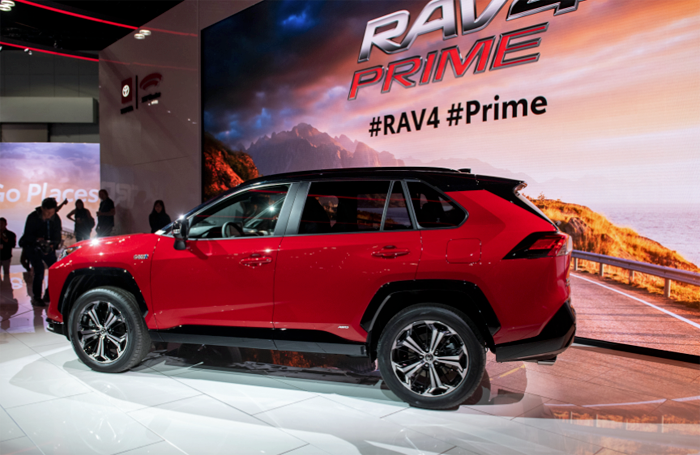
Here’s a recent comment from a Minnesota EV message board on the new plug-in hybrid RAV4 Prime and a recent experience at a Colorado dealer — I like the RAV4 Prime!:
Went to a Toyota dealer recently to check out and test drive a couple of vehicles. Asked about the Prime’s - and they immediately gave me the anti-sell line they have been trained on. “nobody here wants those - they don’t work well here, so we don’t sell them. Instead - take a look at these hybrids instead”. Given - this was in Colorado, but somehow I’d expect exactly the same from a MN Toyota dealer.
Again, another dealership six miles away might be completely supportive. As is the case with this Ford dealership in Florida:

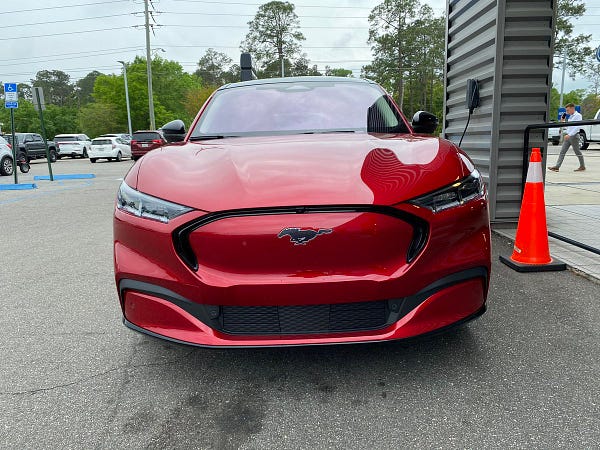
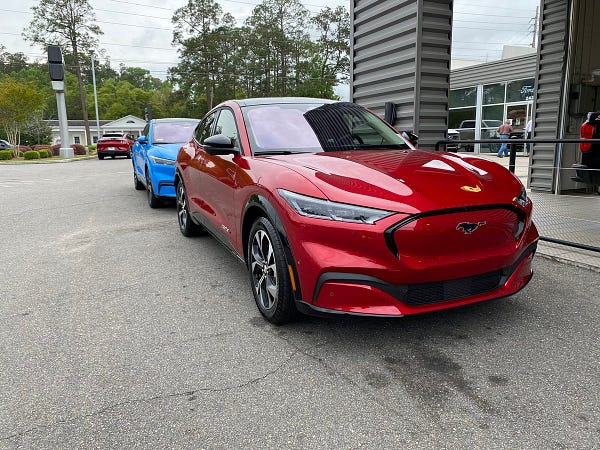
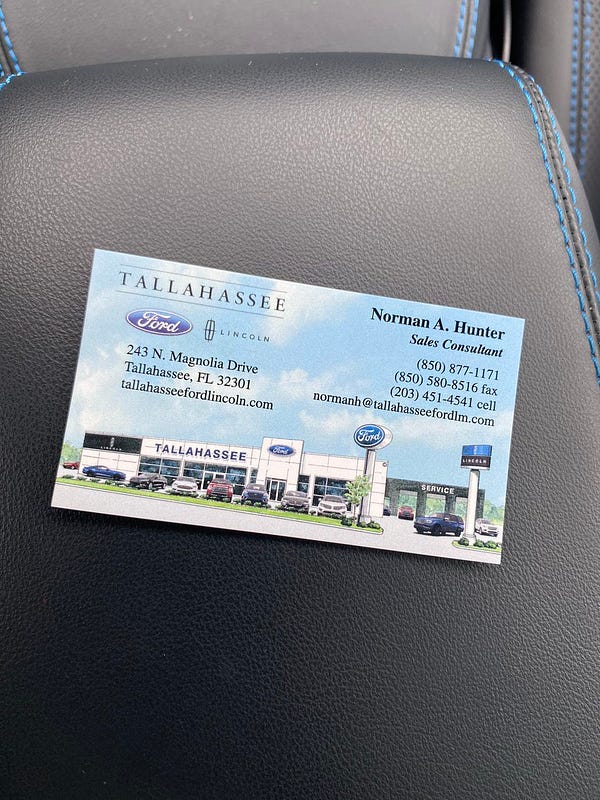
And, of course, legacy auto brands like Ford and VW haven’t been big EV players until 2019 and 2020, so dealership support may be getting its “sea legs" in 2021 and ‘22.
Another big nuance for a new EV consumer is non-proprietary charging networks for VW, Ford, GM and Toyota, and Tesla’s own SuperCharger network. And you won’t get this knowledge from a dealer!
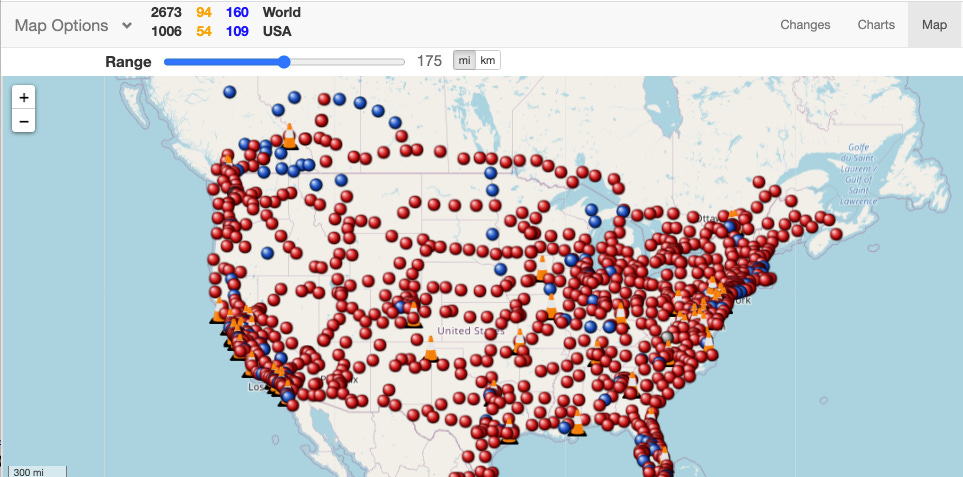
Simply, legacy automakers don’t have their own proprietary charging network, unlike Tesla. Tesla strong sales have shown that a dedicated charging SuperCharger network is huge security blanket for consumers when it comes to adopting new technology. (**For me, the SuperCharger network has always worked for 8 years; while I have had two cases where I called about the charger being locked in my port. 2 calls in 8 years of Tesla EV ownership)
The other side of the coin is new DC fast charging stations from third parties. Recently, auto journalist John Voelcker was testing the attractive ID.4 crossover from Volkswagen in New York and had this happen, see below:

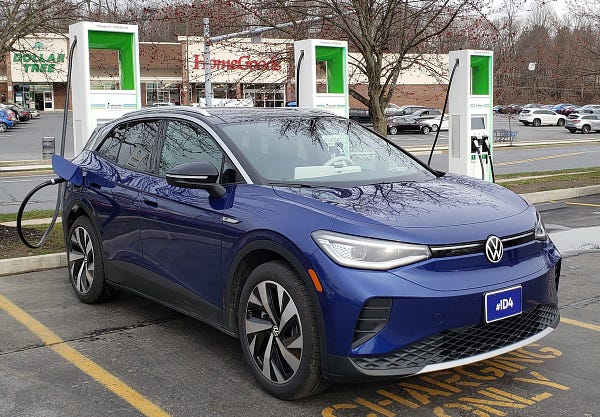
Again, this is a car journalist receiving an “early” test car and sometimes bugs are not worked out or charging software may not be ready.
Here’s another legacy automaker taking a crack at it and doing pretty well with its production car, the Mustang Mach-e. Ford started delivery to customers in early 2021 and Sergio, below, took his car on a cross-country trip early this winter.
Overall , the third-party fast charging stations performed well with only location not having a functioning charging station when he arrived.

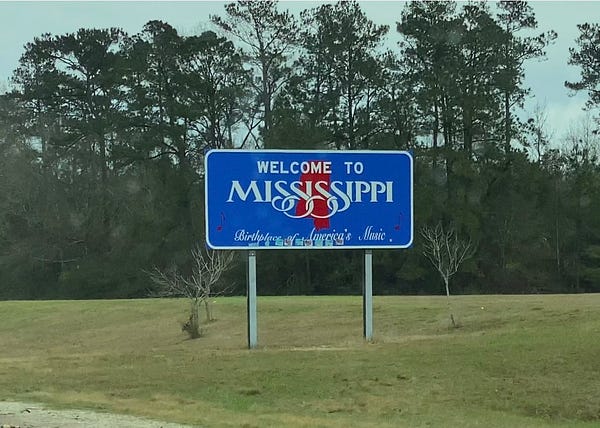
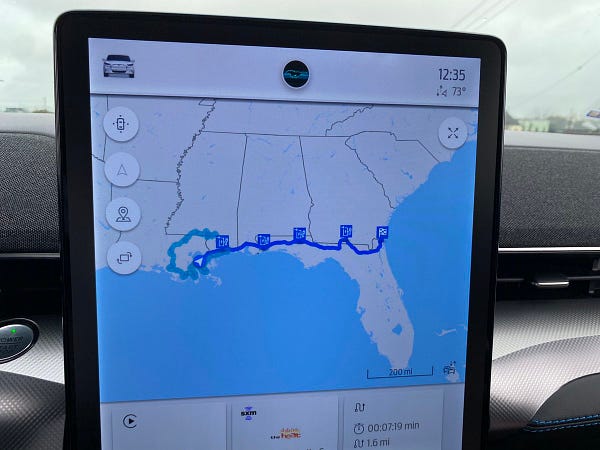

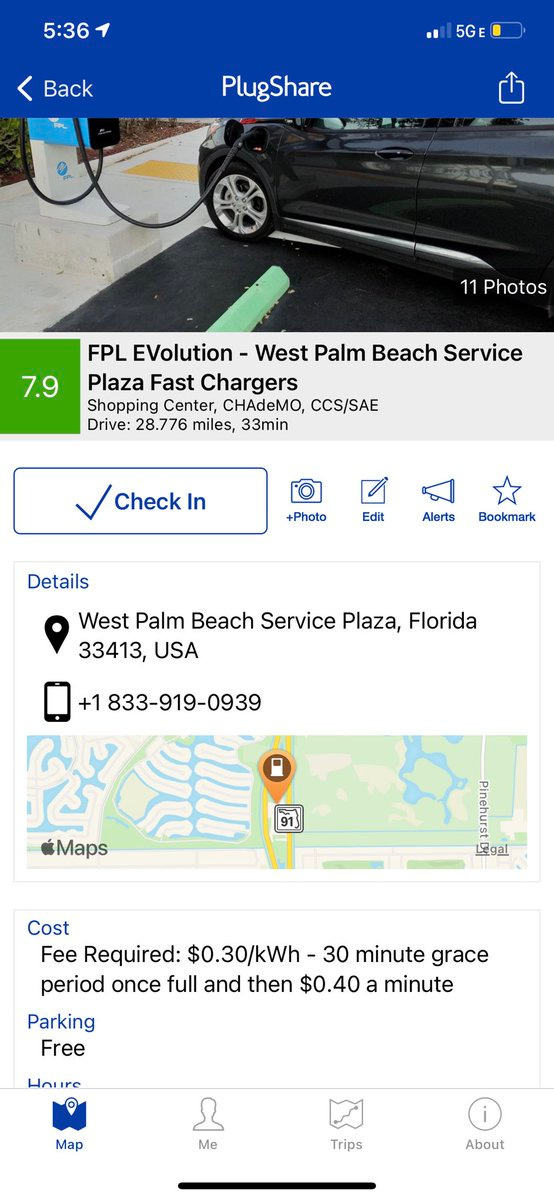
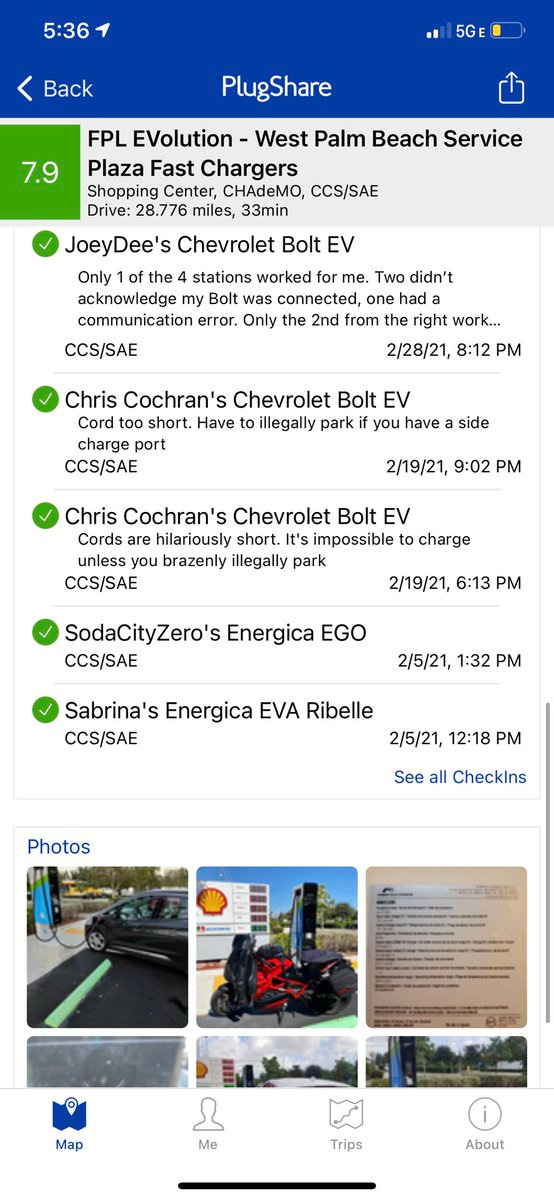
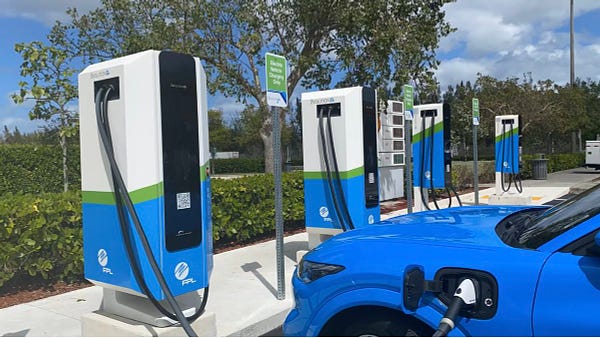
Now this 3rd party charging can be overcome pretty easy and that solution is to rely on PlugShare, an agnostic charging station app, and NOT with the charging network’s app — don’t forget the Ultimate North America Charging Network Guide.
Why? Because PlugShare’s App provides rating and the ability to leave comments about any specific charging station issue. Great insights! Also, Sergio mentioned that the onboard Ford charging network via the interface will only show working chargers.
Next week, we’ll share more Plugged IN insights for the The New Kids on the Block: Tesla, Rivian, and Lucid
The EV Experience
Speaking of Sergio’s experience going across county, check this out:

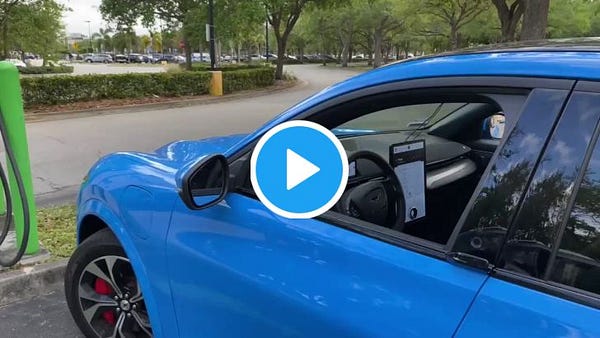
** This is a free post from Plugged IN this week and the 2nd part of this series will only be available to paid subscribers. Try for a month, year (discount) or our new concierge service!



